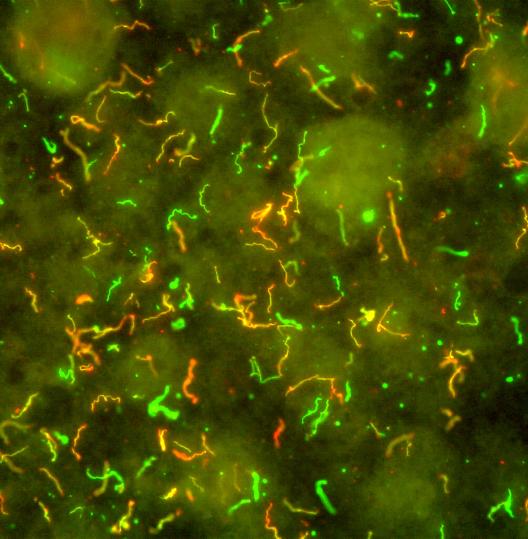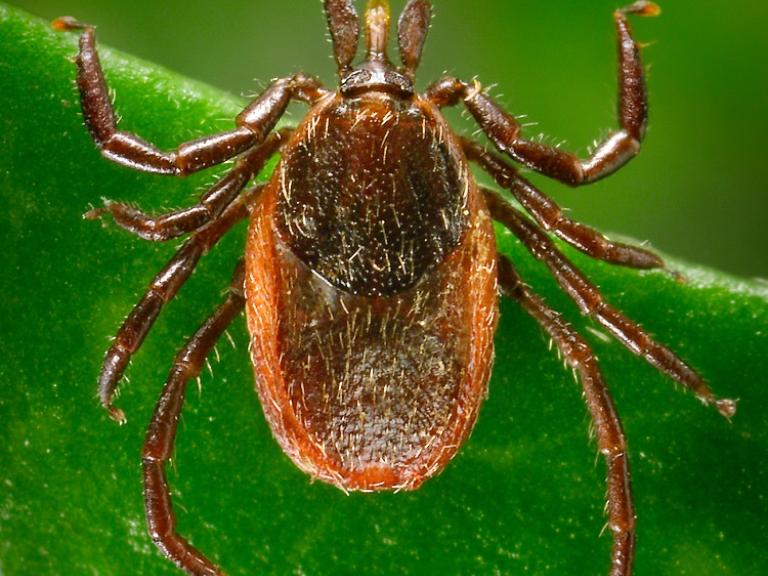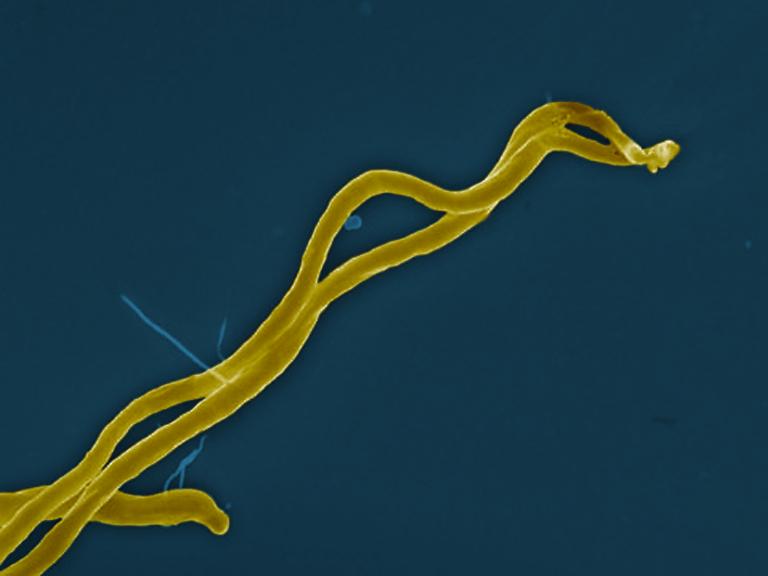Tokarz R, Mishra N, Tagliafierro T, Sameroff S, Caciula A, Chauhan L, Patel J, Sullivan E, Gucwa A, Fallon B, Golightly M, Molins C, Schriefer M, Marques A, Briese T, Lipkin WI. A multiplex serologic platform for diagnosis of tick-borne diseases. Sci Rep. 2018 Feb 16;8(1):3158. doi: 10.1038/s41598-018-21349-2.
Marques A, Schwartz I, Wormser GP, Wang Y, Hornung RL, Demirkale CY, Munson PJ, Turk SP, Williams C, Lee CR, Yang J, Petzke MM. Transcriptome Assessment of Erythema Migrans Skin Lesions in Patients with Early Lyme Disease Reveals Predominant Interferon Signaling. J Infect Dis. 2017 Dec 27 ;217(1). doi: 10.1093/infdis/jix563.
Turk SP, Williams C, Marques A. Xenodiagnosis Using Ixodes scapularis Larval Ticks in Humans. Methods Mol Biol. 2018;1690:337-346. doi: 10.1007/978-1-4939-7383-5_26.
Uhde M, Ajamian M, Li X, Wormser GP, Marques A, Alaedini A. Expression of C-Reactive Protein and Serum Amyloid A in Early to Late Manifestations of Lyme Disease. Clin Infect Dis. 2016 Dec 1;63(11):1399-1404.
Wills AB, Spaulding AB, Adjemian J, Prevots DR, Turk SP, Williams C, Marques A. Long-term Follow-up of Patients With Lyme Disease: Longitudinal Analysis of Clinical and Quality-of-life Measures. Clin Infect Dis. 2016 Jun 15;62(12):1546-51. doi: 10.1093/cid/ciw189.
Marques A, Telford SR 3rd, Turk SP, Chung E, Williams C, Dardick K, Krause PJ, Brandeburg C, Crowder CD, Carolan HE, Eshoo MW, Shaw PA, Hu LT. Xenodiagnosis to detect Borrelia burgdorferi infection: a first-in-human study. Clin Infect Dis. 2014 Apr;58(7):937-45. doi: 10.1093/cid/cit939.
Visit PubMed for a complete publication listing.





